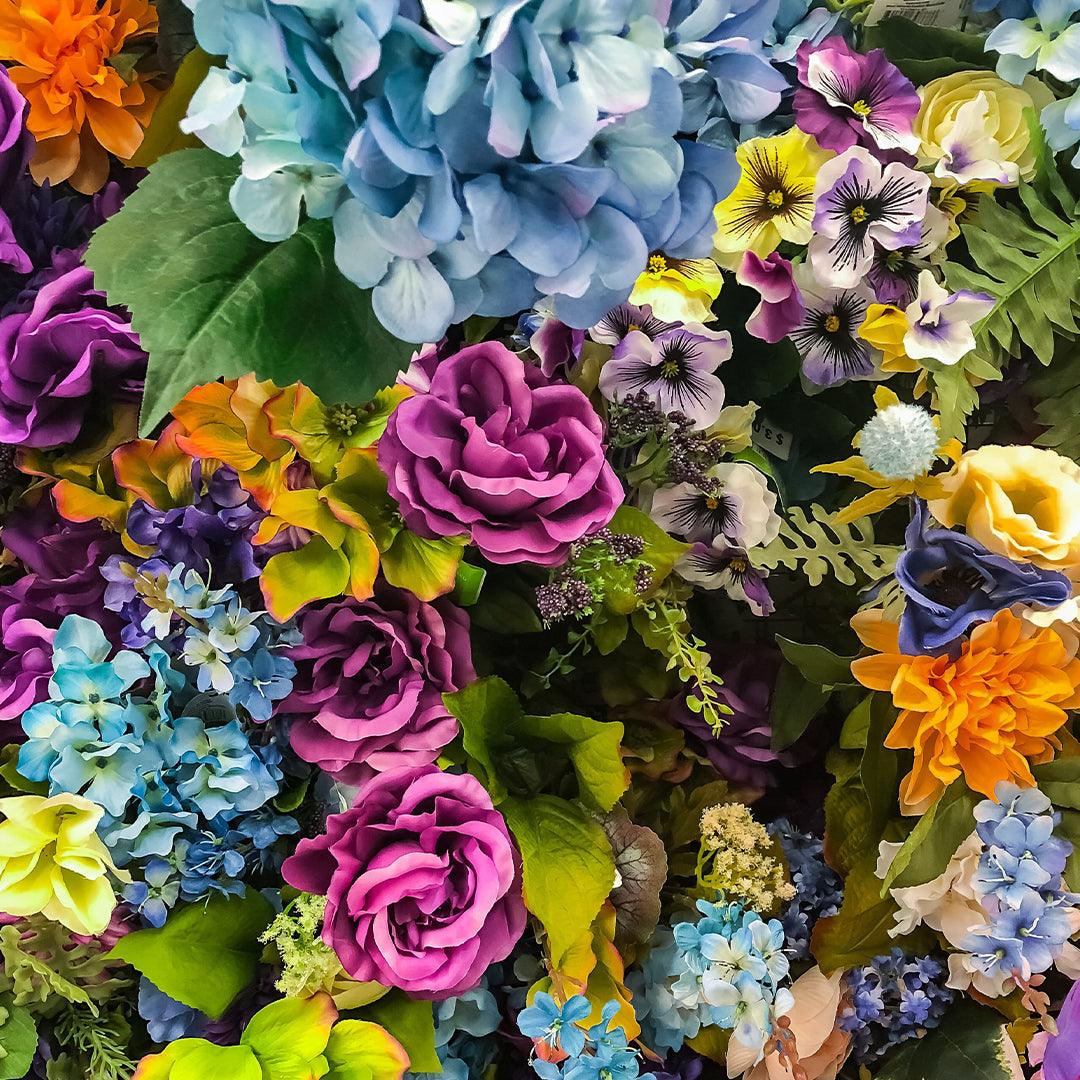
A FLORAL BY ANY OTHER NAME WOULD SMELL AS SWEET
If Shakespeare had been a perfumer, we can be pretty sure which scent family he’d favor. Throughout his plays there are references to more than 50 types of florals, from the “nodding violet” to “sweet musk-roses” and “luscious woodbine” (which is honeysuckle, in non-poetic parlance).
But why, exactly, do florals inspire such rhapsodic verse? The beyond-obvious answer is “flowers smell good.” Well, sure. But let’s go beyond the beyond-obvious. What makes florals so different from other scents? How do they provoke such profound emotions? How do you even define a scent “family?” And really, why should you care?
Next-to-last things first, let’s talk scent families. There are four main ones: floral, fresh, woody and amber (which used to be called “oriental,” but that’s another story). Like most kinds of family, you have some close relations and some once- or twice-removed. At the head of the floral family is, you guessed it, Floral. Then there are the “kids,” namely Soft Floral (which is more powdery) and Fruity. Beyond that is the extended family (e.g. when Soft Floral marries into the Amber family, you get Floral Amber) — but no need to bring up the in-laws here. Prefer a visual? Here's the Fragrance Wheel, invented in the 1980s by scent expert Michael Edwards:

You may notice it looks a lot like the color wheel many of us learned about when we were kids, which is pretty appropriate given that, like colors, different scents evoke different emotional responses. So what kind of feels do florals give us?
No surprise, most of us have positive feelings in the presence of florals. But not only can florals make us feel happier, according to Rutgers University they can heighten feelings of satisfaction with your life and enhance your social interactions, intimacy included. (So you may not have to bring home flowers for the next anniversary, just a floral fragrance.) In other words, it’s a scientific fact — not just perfumers’ intuition — that a floral scent like Darling by Kylie Minogue or Transcend by The Phluid Project can make your day.
Of course, florals come in many forms: not every flower makes a signature scent. Dahlias, hibiscus and sunflowers, for instance, have almost no scent. Marigolds smell like “wet hay or straw,” according to some horticulturists. And we don’t even want to talk about ginkgo. The scents most often associated with the floral family include jasmine, lavender, orange blossom, violet (a soft-florals superstar)…and of course, the “Queen of Flowers,” rose. And it is indeed the queen: according to the Perfume Society, rose appears in at least 75% of modern feminine fragrances, and at least 10% of masculine ones.
Some say that Eros gave the rose its royal title (others say Apollo, but it’s all Greek to us), so inspired was he by its qualities of beauty, joy and seduction. They’re the same qualities that guide each of us when selecting a scent to call our own — which answers “why should I care?”. And that brings us back to the Bard: Shakespeare (who knows a thing or two about inspiration) mentions rose no fewer than 70 times throughout his work. He clearly knew an iconic floral when he smelled one.
